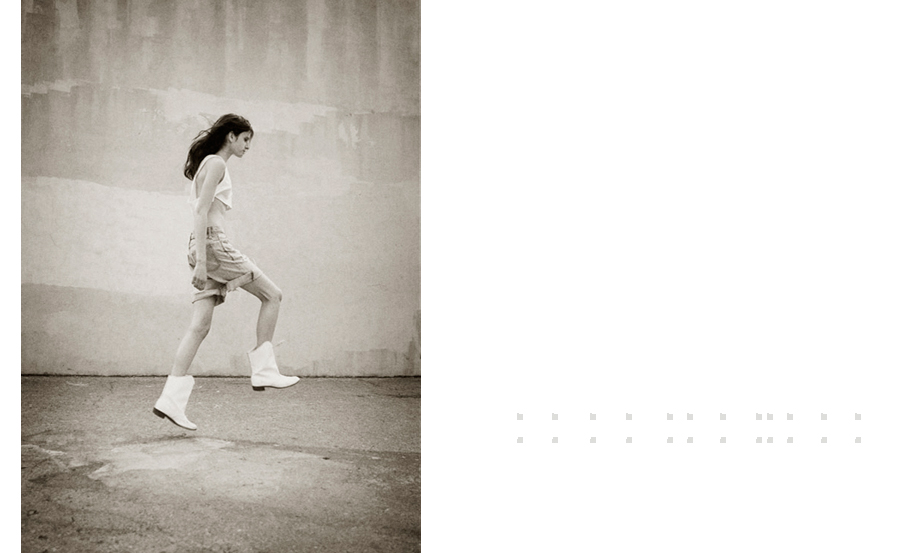Edith Sedgwick
1943.04.20 ~ 1971.11.15
was an American socialite, debutante, and heiress, best known as a star of underground films made by Andy Warhol in the 1960s.
She wasn't born in Santa Barbara, California. the daughter of Francis Minturn Sedgwick, a sculptor and gentleman rancher, and Alice Delano de Forest, daughter of Henry Wheeler de Forest (President of the Southern Pacific Railroad, and direct descendant of Jesse de Forest whose Dutch West India Company settled New Amsterdam). Edith was named after her father's sister, Edith Minturn Sedgwick, who died at birth. Her paternal grandfather was Henry Dwight Sedgwick III, a historian and author. Sedgwick's family has been long established in Massachusetts history, with members frequently painted by the artist John Singer Sargent. Her third-great grandfather, William Ellery, was a signer of the Declaration of Independence. Another third-great grandfather, Judge Theodore Sedgwick, was the first to plead and win a case for freedom of a black slave woman under the Massachusetts Bill of Rights that declared all men to be born free and equal.
Sedgwick was troubled, eccentric, and seriously blighted by alcohol and drug abuse. Later in life, Sedgwick claimed to have experienced sexual abuse as a child. As a young woman she suffered from clinical depression and anorexia nervosa, and she was institutionalized briefly. She was placed into Bellevue where they refused to believe that she was Edie Sedgwick, giving her electric shock treatments in an attempt to "cure" her of the delusion.
In 1964, Sedgwick moved to New York to pursue a career in modeling. She appeared in Time, LIFE and Vogue between 1963 and 1965. The editor in chief of Vogue, Diana Vreeland, called her an exemplar of the era's youth culture. In 1965 Sedgwick met Andy Warhol and quickly became his favorite "Warhol superstar", featuring in many of his underground films including Poor Little Rich Girl, Vinyl, Beauty #2, and Chelsea Girls. It was during this period that Sedgwick began using drugs, particularly amphetamines.
She became Warhol's Girl of the Year during 1965 when she accompanied him everywhere in the New York social scene. During this period the pair would often dress alike, and Sedgwick frequently called herself Mrs. Warhol. The friendship did not last beyond 1966 when Warhol and Sedgwick made an acrimonious public split.
Following her departure from Warhol’s circles, Sedgwick began living at Hotel Chelsea where she became involved with Bob Dylan. Dylan’s friends convinced Sedgwick to sign up with Albert Grossman, Dylan's manager. While involved with Dylan, Sedgwick was introduced to LSD. She is rumoured to be one of the main inspirations behind Dylan's seminal 1966 opus Blonde on Blonde and songs as famous and diverse as the tender ballad Just Like a Woman and the raucous stomper Leopardskin Pillbox Hat.
In 1966, Sedgwick began a tumultuous relationship with Dylan's longtime sidekick Bob Neuwirth. During this relationship she became dependent on heroin and barbiturates. The relationship ended in 1967. In April 1967 Sedgwick began shooting Ciao! Manhattan an underground movie in which she was to star. After some footage was shot in New York, work on the film was abandoned due to budget and legal problems.
Sedgwick’s rapidly degenerating health saw her return to her family in California and spend time in several different psychiatric institutions. In August 1969, she was admitted to the Cottage Hospital in Santa Barbara, where she met Michael Brett Post, whom she married on July 24, 1971. Electroconvulsive therapy treatments were administered extensively and several efforts at drug rehabilitation were made.
Shooting resumed on Ciao! Manhattan in 1970 and was completed in 1971.
Sedgwick died in November 1971 from a barbiturate poisoning in combination with alcohol. Her death was ruled a suicide/drug overdose. A young woman with an undoubted talent for inspiring the talents in others, Sedgwick, who has been immortalized in a number of rock songs, continues to be an icon beyond what her actual achievements might suggest. She was buried at Oak Hill Cemetery in Ballard, California.




















